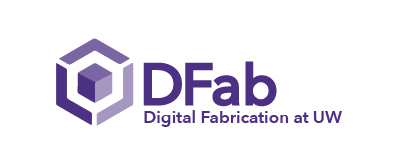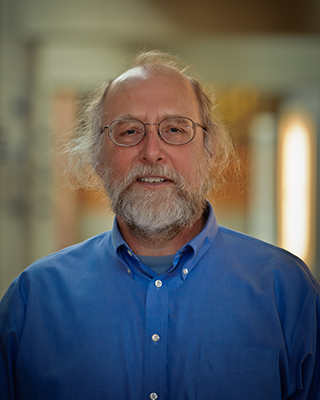Advances in low- and no-power sensing, communication and interaction technologies offer new possibilities for blending digital innovation with our physical environment.
From gesture recognition that allows people to interact with objects in new ways, to low-power sensors that collect and transmit data about temperature, air quality, urban accessibility and more, our researchers are tapping into the potential of computation to transform how we experience the world around us.
Research Groups & Labs

Security and Privacy Research Lab
The Security and Privacy Research Lab works on a variety of topics, ranging from studying and addressing security and privacy risks in existing technologies, to anticipating future risks in emerging technologies.

Graphics & Imaging Lab (GRAIL)
The work of the Graphics & Imaging Laboratory spans computer graphics, computer vision, generative AI, computational photography, virtual reality, animation and games.
Faculty Members
Adjunct Faculty
Faculty
Emeritus Faculty
Emeritus Faculty
Centers & Initiatives

Center for Digital Fabrication (DFab)
DFab is a network of researchers, educators, industry partners, and community members advancing the field of digital fabrication at UW and in the greater Seattle region.

Taskar Center for Accessible Technology (TCAT)
TCAT harnesses the power of open-source technology to develop, translate, and deploy accessible technologies, and then sustain them in the hands of communities. Housed by the Paul G. Allen School for Computer Science & Engineering, TCAT centers the experience of people with disabilities as a lens for improving design & engineering, through participatory design practices, tooling and capacity building.
Highlights
UW News

Researchers in the Makeability Lab developed MobiPrint, a 3D printer that can map a room and generate objects on demand — from accessibility enhancements to a custom cat food bowl.
UW News

Allen School researchers introduced two new AI systems that create simulations based on real-world photos or videos that can be used to train robots to function in complex, real-world settings at a lower cost than conventional approaches.
GeekWire

A hot Seattle startup developing autonomous driving technology for off-road vehicles announced a $10 million seed round to fuel its growth — the latest milestone for the UW spinout co-founded by Allen School professor Byron Boots.




